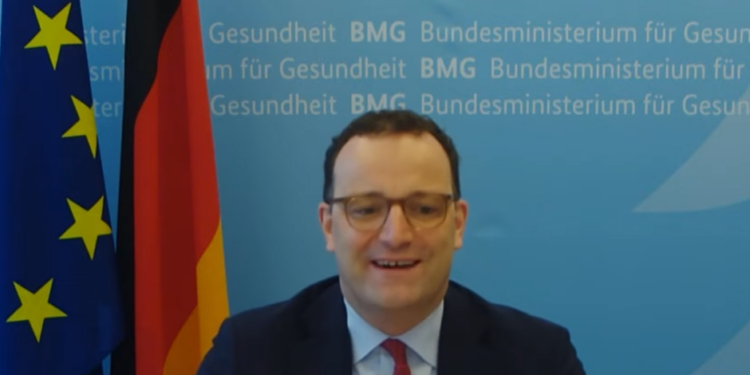One of the many important and untold stories of the COVID-19 response involves, not surprisingly, the German company BioNTech: the unsung hero or villain, depending on one’s perspective, of the response. As at least my readers will know, BioNTech is the actual developer, owner and legal manufacturer of what is more commonly and misleadingly known as the ‘Pfizer’ COVID-19 vaccine. It is also the authorisation holder for almost all markets, including the EU, the U.K. and the U.S. But circa 2020, the legal manufacturer of the drug had a big problem: having never previously brought any product to market, it did not have any manufacturing facilities.
BioNTech had only ever produced batches for small-scale clinical trials. This helps to explain the company’s need for Pfizer’s help and, above all, infrastructure. But BioNTech was not about to let Pfizer steal its thunder. The company wanted to be not only the legal manufacturer but, at least in the EU, also a physical manufacturer in its own right of the mRNA serving as the active drug substance. Pfizer could do ‘fill and finish’ at its production facilities in Belgium.
But to this end, BioNTech needed a factory.
The problem was solved by its purchase from Novartis of the somewhat infamous Behringwerke or ‘Behring Works’ in Marburg. Not only was the facility the site of the eponymous Marburg virus outbreak in 1967, but during the Second World War, as a subsidiary of the IG Farben chemical trust, it had been used to manufacture experimental vaccines for testing on concentration camp inmates at Buchenwald. This human experimentation was at the very heart of the Nuremberg ‘Doctors’ Trial’, as can be seen here.
On September 15th 2020, the German Government announced that it was providing BioNTech a €375 million grant to support its COVID-19 vaccine project. Just two days later, the company announced that it would be purchasing the Behring Works to manufacture the mRNA for its COVID-19 vaccine “pending regulatory authorisation or approval”.
On April 1st 2021, the great day had arrived and then-Health Minister Jens Spahn would be (virtually) on hand, connecting remotely from Berlin, to celebrate the inauguration of mRNA-production at BioNTech’s new facility: the refitted Behring Works in Marburg. As touched upon in my last article, Spahn expressed the hope that BioNTech’s success would be just the starting point for turning Germany as a whole into a global “mRNA hub”.
“Invented in Germany, made in Germany… That makes us proud,” Spahn said with an awkwardly cheeky grin, and he marvelled at the incredible speed with which BioNTech was able to bring production on-line at the facility. “Beginning of October…”, he said, before quickly correcting himself, “Beginning of November: acquisition of the plant – handing-over of the keys, so to say – and then end of March, actual start of production….”
But whether beginning of October or beginning of November 2020, the described timeline raises the same troubling question: How was BioNTech able to complete acquisition of the facility so early? The BioNTech-Pfizer COVID-19 vaccine was only authorised for use by the European Medicines Agency (EMA) on December 21st (10 days after first receiving emergency authorisation from the American FDA).
How did BioNTech or its state sponsor, the German Government, know in advance that the drug would be approved?
Could this be still further proof of the veracity of the words of Klaus Cichutek, the former President of the German medicines agency, the PEI, when he cockily told a German pharma industry association that “We are the EMA”?
Robert Kogon is the pen name of a widely-published journalist covering European affairs. Subscribe to his Substack.













To join in with the discussion please make a donation to The Daily Sceptic.
Profanity and abuse will be removed and may lead to a permanent ban.